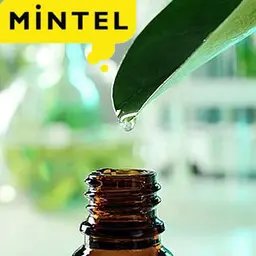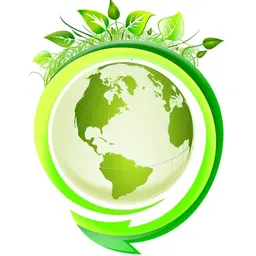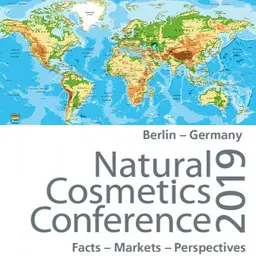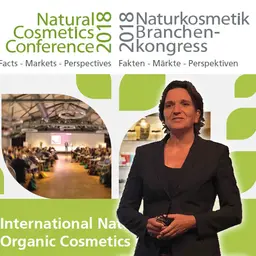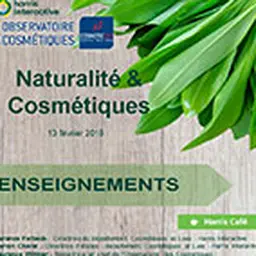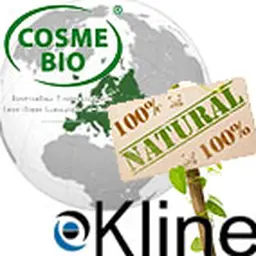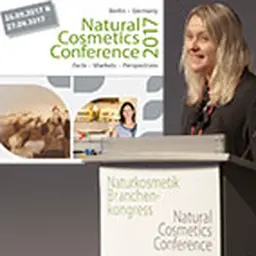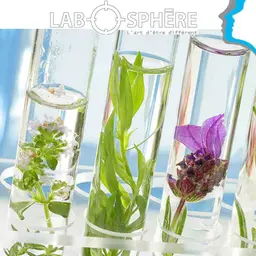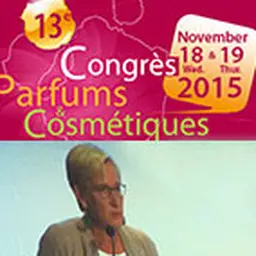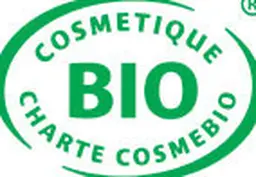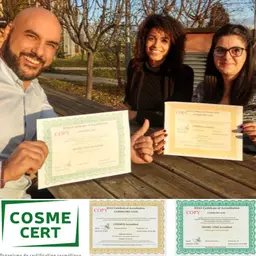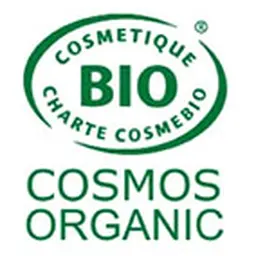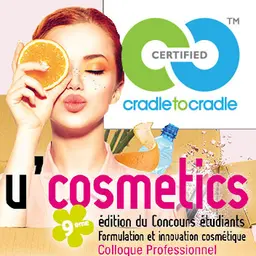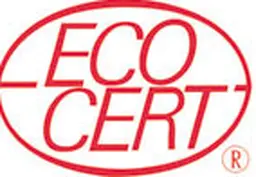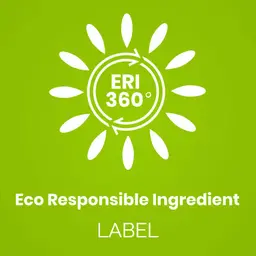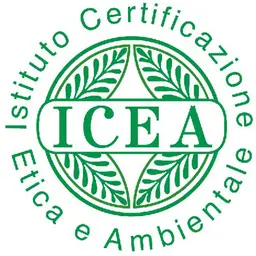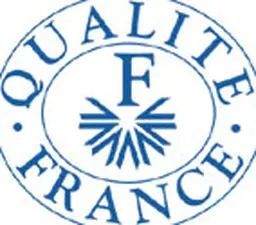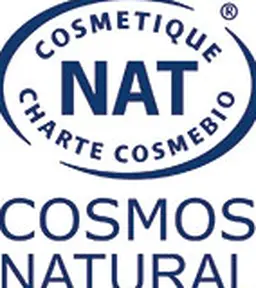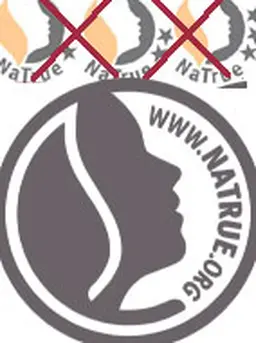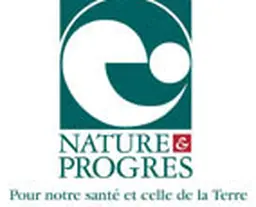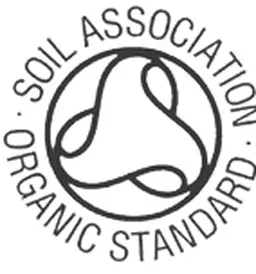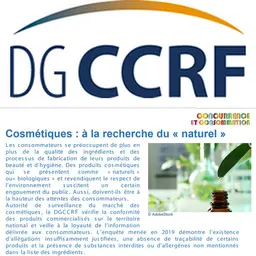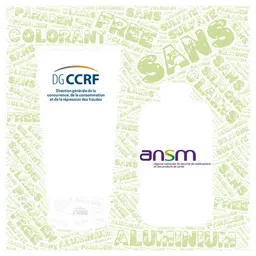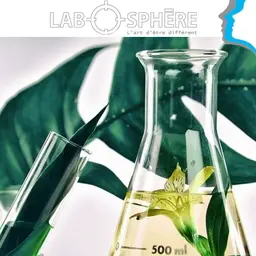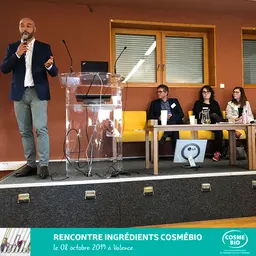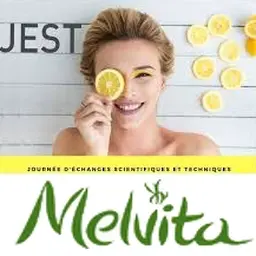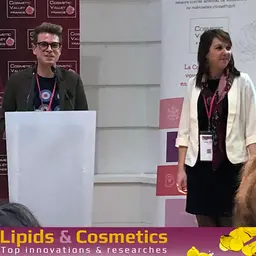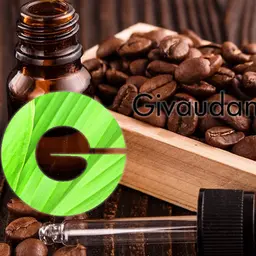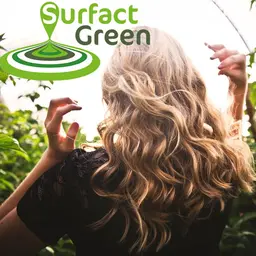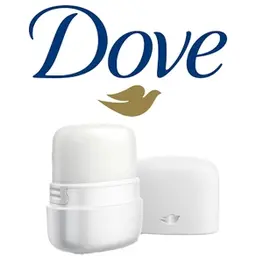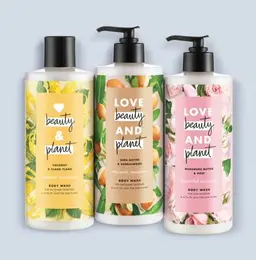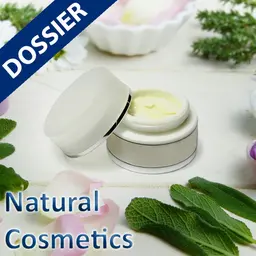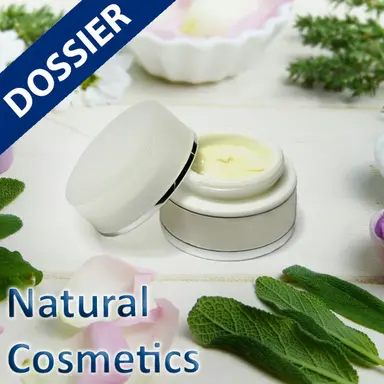
Cosmetics, you’ll be natural or you won’t be… This mantra, which has gone from being an emerging trend a few years ago to a strong consumer expectation today, further reinforced by the Covid-19 crisis, has become a prerequisite for all brands, cosmetics manufacturers as suppliers of raw materials or packaging. For a long time (and perhaps still today) ill-defined, claiming various and multiple references, often misunderstood by consumers who are nevertheless demanding of its products, subject to extreme media attention, natural cosmetics, just like one of their declensions, organic cosmetics, is less and less a niche market, but remains so disparate and difficult to understand that they are still difficult to apprehend and implement concretely. CosmeticOBS has gathered in this dossier all its articles to clarify an overall vision of their issues and trace the contours of their new realities, so as to help all players in the sector to make the right choices to fit into the natural trend.
The new consumers of natural
For several years now, naturalness has been praised by the media, desired by consumers, in phase with the awakening of consciousness to environmental issues… The Covid-19 crisis, the health and climatic emergencies that it has propelled to the forefront of everyone’s concerns, the increased needs for well-being and reassurance that it has exacerbated have only reinforced the trend towards more naturalness. The organic quality of products, already losing ground in consumers’ expectations, has been pushed even further into the background, in favour of a less precise “green”, a general “clean” and now a “safe” at all costs. New contours of natural cosmetics are thus taking shape, impacting all aspects of the industry, from products to ingredients, packaging and distribution.
The natural cosmetics market
To be, and for several years or even decades, one of the most attractive, natural cosmetics has long remained a niche market, reaching at best 3 to 4% of the global cosmetics market. Today, driven by the health context, it tends to become “mainstream”, and the traditional obstacles to its development (costs, formulation difficulties, discussed effectiveness…) are being reduced. It is rediscovering its historical growth levers (commitment to the planet, desire to return to its roots and reassuring simplicity through the elimination of controversial ingredients), and its desirability, previously expressed mainly by women when they had their first baby and by the younger generations, is gaining ground among all segments of the population. And all market analysts predict it to be the most successful of all futures.
Which framework for natural cosmetics?
Since its very beginnings, natural and organic cosmetics were born out of opposition to what is now called conventional cosmetics, and their development has been based on two founding pillars : values on the one hand (the return to nature, respect for the environment, the idea of a symbiosis between plants and skin… vs. the chemical and petrochemical industry), fear on the other hand (the rejection of ingredients denounced as toxic to health, with the “crisis” of parabens in the mid-2000s as the first booster of the sector). Two pillars that are not very stable, which, in the absence of official definitions of a “natural cosmetic”, have opened a boulevard to greenwashing, pseudo-natural and an avalanche of “Free-from” claims. The historical players in the sector quickly understood the need to regulate the production of natural and organic products and took the initiative to draw up standards and charters. Private structures multiplied in all countries with specifications that were far from uniform, and competition between the many labels that appeared on products led to a green cacophony that disoriented consumers. Hence the attempts to harmonise, standardise or develop standards which have proved both time-consuming and difficult to put in place… and in the end, still not equivalent to a single indisputable regulatory framework. Perhaps it will be the market surveillance authorities that will settle this debate, with the precision of the rules they apply in their controls.
Private labels
Presentation of the main private labels and certification bodies, in France and abroad, listed here in alphabetical order.
Naturalness at the time of controls
In France, as in other European countries, the control of products stamped “natural” has for a long time remained fairly light, as the authorities have no regulatory texts on which to base their inspections. Gradually, in view of their growing importance on the market, and the number of claims they made that could “mislead the consumer”, as the saying goes, things began to change…
Issues and solutions
The diktat imposes itself on everyone: today it has to be “made with” natural. But it is also obvious that naturalness is not simple… Even once the rule or the label has been chosen, it is still necessary to “do without” many synthetic ingredients and/or ingredients targeted by regulations for environmental reasons, traditional raw materials, formulation habits developed over several decades… But the movement is on the move and solutions are appearing every day. Firstly thanks to ingredient and packaging suppliers who focus most of their developments on natural alternatives to blacklisted substances, but also thanks to the positioning of the biggest brands who have taken the naturalness turn and now clearly display it as an unavoidable commitment.



